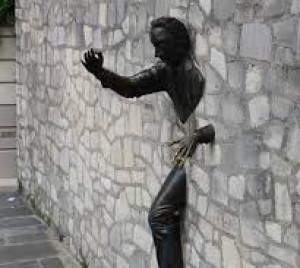prArabdha
The ideas that the person ‘ends’, mind is ‘destroyed’ etc. when one gains enlightenment all contradict one of the key teachings of Vedanta – karma. Of course, if one takes the pAramArthika viewpoint, the theory of karma has to be rescinded along with everything else (according to adhyAropa – apavAda), but it plays a key role in the teaching. The ‘person’ (body and mind) is here because of past karma. And it is taught that the person’s life continues until that part of the karma that caused this embodiment is exhausted. And this applies to the j~nAnI also. This is undeniable because the person’s life does not come to an end on gaining enlightenment.
On enlightenment, the j~nAnI realizes that he was never the body-mind; that these are mithyA, just as the dream is realized to have been completely unreal after awakening. That being the case, he also knows that the idea of prArabdha too belongs to this mithyA appearance. But that does not stop the whole thing continuing to play out from the standpoint of vyavahAra. The world does not ‘disappear’ either! (Creation and all its ramifications will be discussed in Volume 2 of the ‘Confusions’ book.) The prArabdha belongs to the mithyA body-mind, not the satyam Self, and both body-mind and world continue from the empirical standpoint. It is true that the j~nAnI no longer identifies with the body-mind but the body still eats and sleeps; the mind still responds to sensory input and so on. Continue reading




